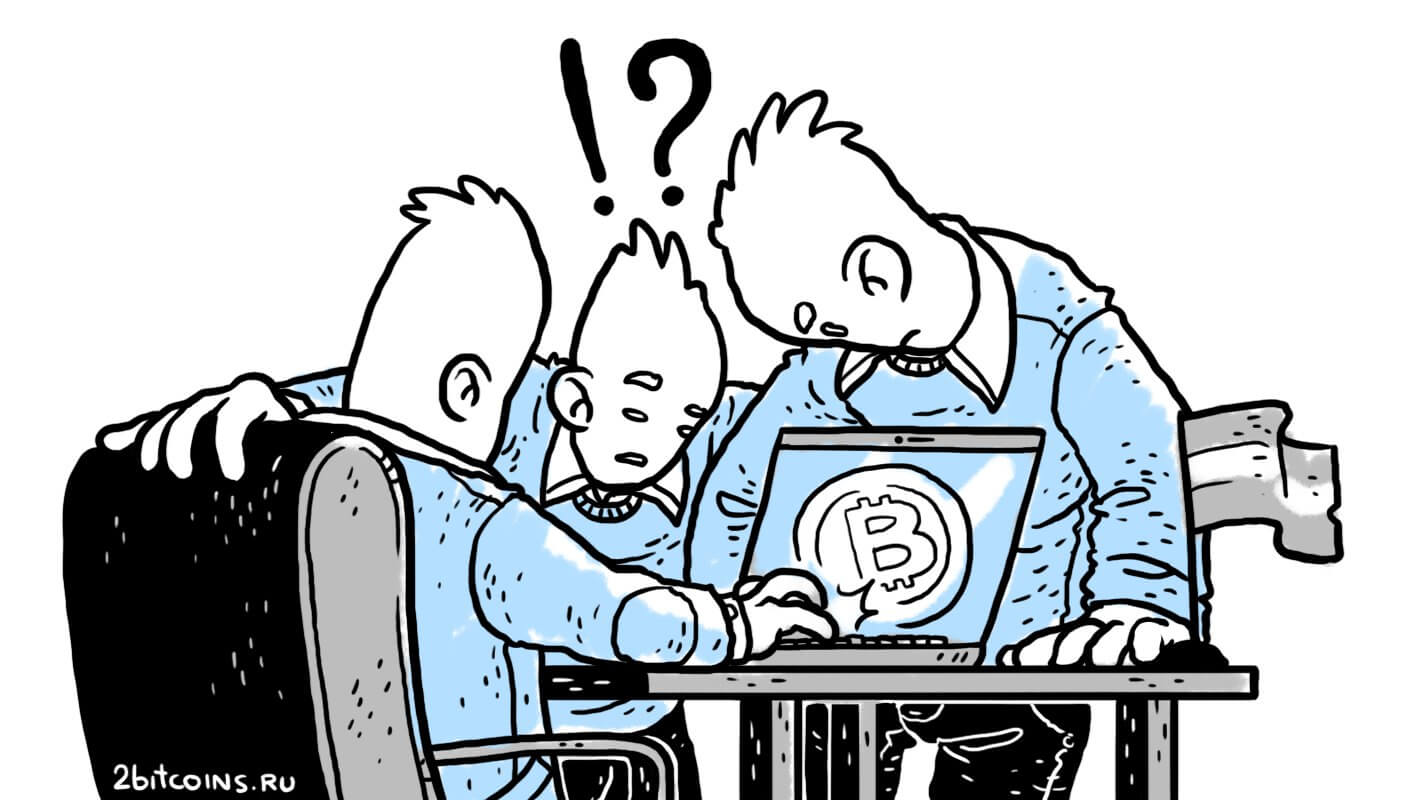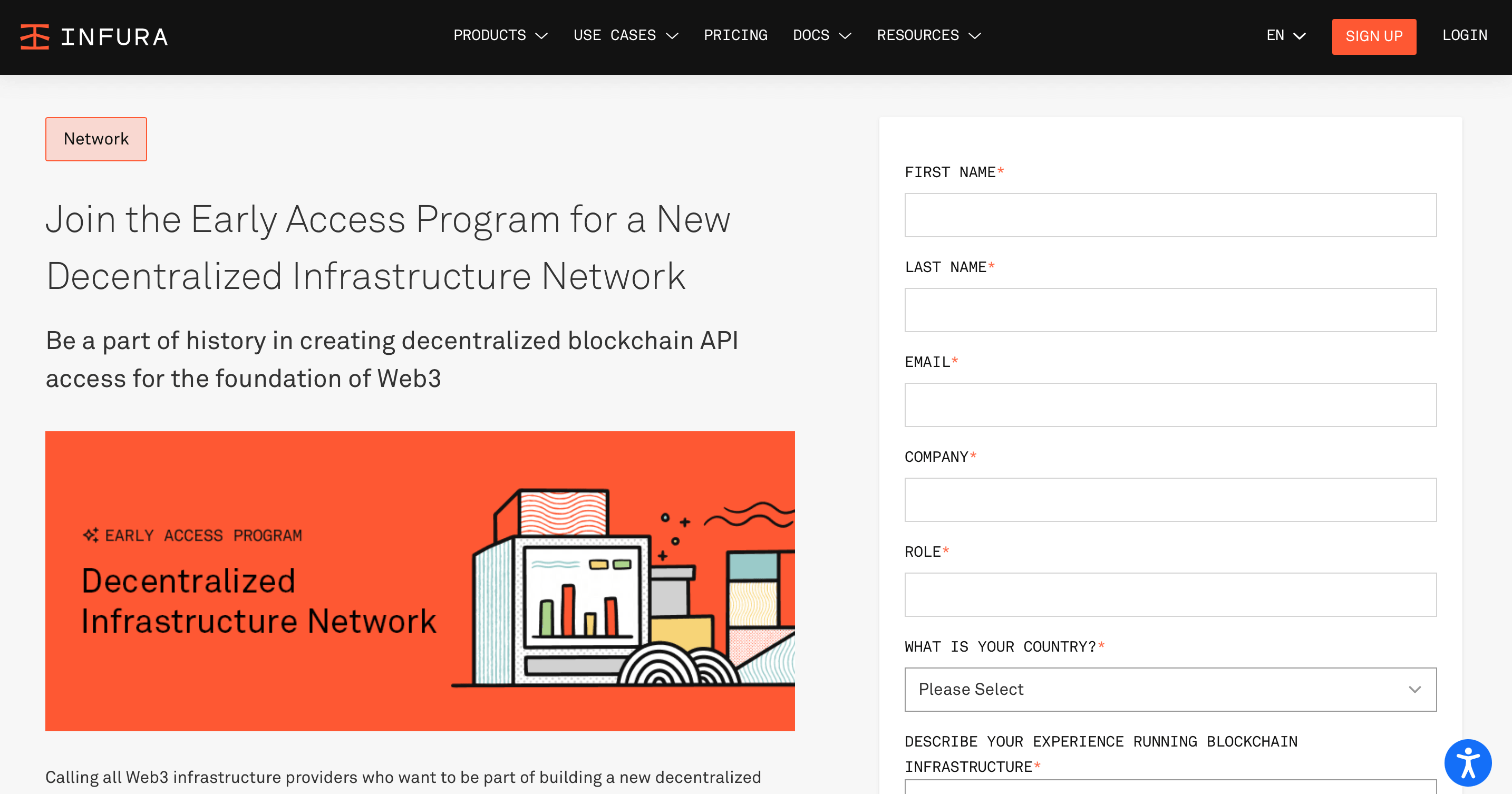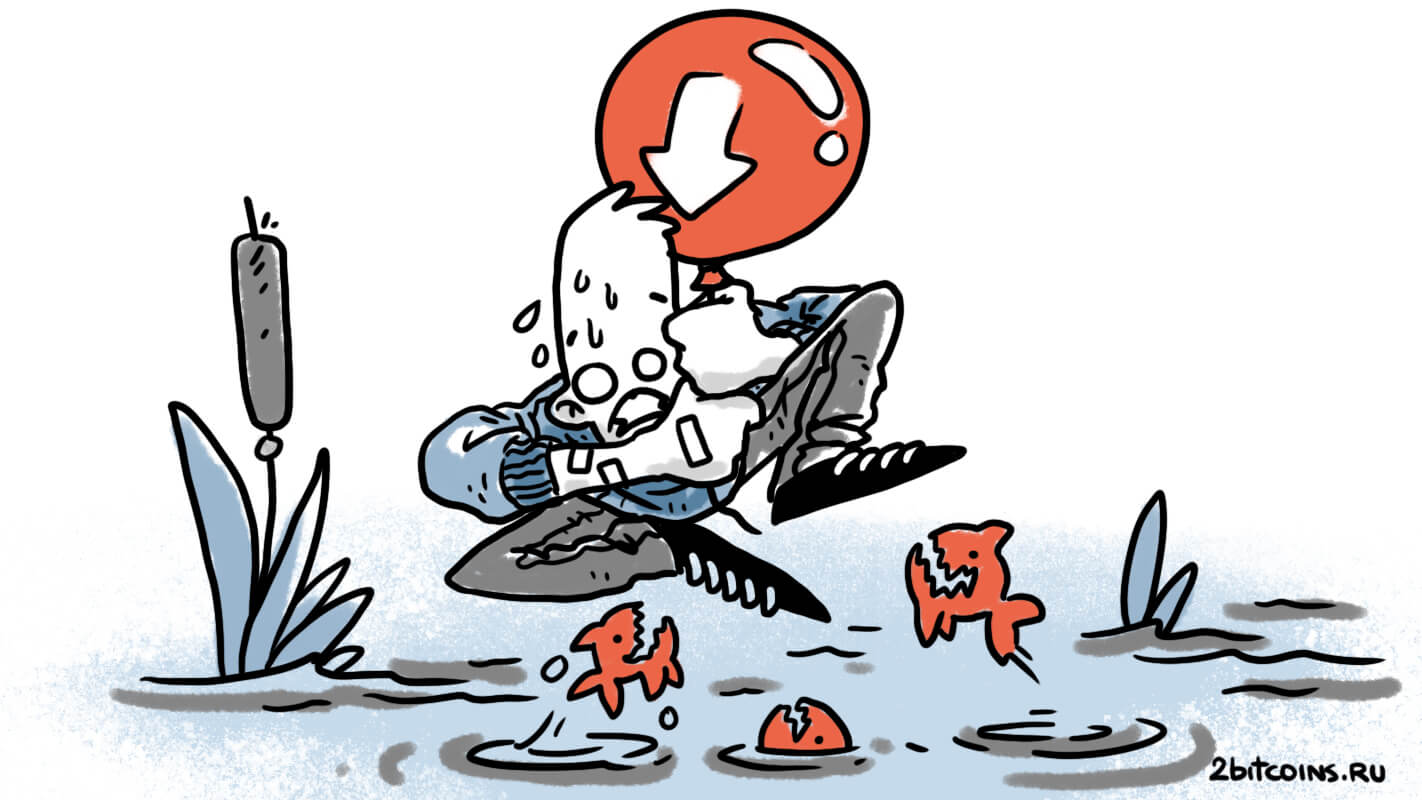The Etherium (ETH) network will become more stable. What will contribute to this?
The developers of an Etherium blockchain platform called Infura have announced the launch of their own decentralised, open-source Decentralised Infrastructure Network protocol. The announcement was made during the ETHBerlin hackathon, with the protocol set to launch next year. The protocol will provide “millions of future users” with uninterrupted access to Web3 products. Let’s talk about the importance of this news for the upgraded cryptocurrency network.

Traditionally, we’ll start with an explanation. Infura is a company that has made a major contribution to the development of Etherium, indirectly. The platform allows developers of decentralised applications to connect them to the blockchain without having to run and maintain their own node.
As a reminder, a node is a node in a particular cryptocurrency network, which is a device with certain software, also known as a blockchain client. Nodes are needed to confirm new transactions, achieve consensus, and store a complete history of interaction with the network.
Now, smart contract developers need to run their own nodes to interact with the blockchain, too. And that not only requires a certain amount of knowledge, which is often not a problem, but also time and money.
The creators of Infura have found a solution to the problem, and they are in the business of making the nodes work, while allowing developers to interact with them to communicate with the blockchain. So in the end, everyone does their own thing: Infura representatives take care of the nodes, while the developers write the code and test it.

Blockchain developers
On the one hand, this is good because developers can concentrate on creating different applications and platforms. On the other, there is a dependence on Infura’s services, which is somehow a centralised company. This means that if Infura fails, many decentralized applications will simply stop working, albeit temporarily. This is exactly what happened in November 2020 in particular.
The management of the platform is aware of the problem and wants to fix it little by little. This is exactly what the already mentioned Decentralised Infrastructure Network protocol is for.
What will happen to Ether after PoS
As we’ve already noted, Infura provides backend infrastructure for companies developing Web3 products. It offers companies a way to connect to the blockchain without having to run their own nodes on the cryptocurrency network. However, as new customers are attracted to Infura’s services, the Web3 sphere as a whole is becoming more centralised as companies launch their projects through it.

Infura
Back in 2019, Infura said that decentralisation could be achieved by having each person manage their own network node. Now, the company’s decentralised infrastructure network could be an alternative solution. As noted in the announcement, “the new solution will give millions of future users access to Web3 products without shutdowns and downtime due to a single point of failure.
That is, the creators of the project want them to cease to be the only major contributor to the network, on which many decentralized applications would be locked. Obviously, it will come down to creating a network of new blockchain participants here, that is, essentially dividing Infura’s responsibilities among several bodies. The details of this idea have yet to be fully announced, but testing of the network will begin relatively soon. This is supported by the search for participants who would like to become part of the network.

Infura announces search for participants for new programme
In an interview with news outlet Decrypt, Infura co-founder EJ Galano said that he doesn’t want the Web3 industry to be dependent on just one or a few infrastructure solution providers. Here’s his relevant rejoinder.
Blockchain will grow over time, and it will become increasingly difficult for people to manage their own infrastructure. Can we try to predict the future – will it still have one Infura platform? Or several similar platforms? So centralisation doesn’t seem like the right thing for the future.
🤩 READ ABOUT OTHER INTERESTING NEWS ON OUR YANDEX.ZEN!
“Decentralised infrastructure network” is not the best name for a popular new solution, but Galano admits that the name of the project could change later. Incidentally, last week’s move to Proof-of-Stake (PoS) for Etherium simply coincided with Infura’s new announcement. The head of the platform clarified that the decentralised solution has been in development by the startup since 2017. He continues.
Due to our day-to-day operational needs of serving users of the popular MetaMask cryptocurrency wallet and all developers building their applications on Infura, we could not devote as much time and effort to this research as was required.

The course of Etherium
The project is now ready for the next stage of development – developing the protocol that will underpin the network. As a reminder, Infura is part of ConsenSys, an Etherium software development company headed by the altcoin’s CEO and co-founder Joe Lubin. The day before, he stated that decentralisation was ConsenSys’ “primary goal” and the new Infura network would be a “natural extension of that goal”.
Imagining the implications of creating such a solution is simple enough. The more points of failure represented by infrastructure providers that exist, the less likely the global problems in the blockchain niche will form. In other words, cryptocurrency exchanges' wallets may not stop working simultaneously with MetaMask, as it happened before. Consequently, the network will be more stable and less vulnerable to possible disconnections of certain services.

The fall of Bitcoin and other cryptocurrencies
We believe that this initiative by Infura is unequivocally positive. It is also noteworthy that the company does not want a monopoly, but is betting on greater decentralisation of the industry, i.e. it values this component. We would like to believe that the launch of such a solution will take place as soon as possible and be worthwhile. And we will have a stable blockchain with fewer outages.















